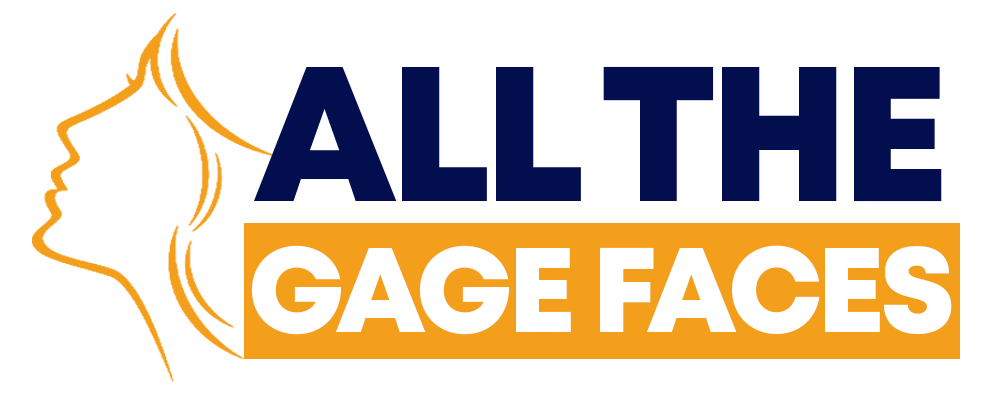In a world brimming with acronyms and abbreviations, SOS stands out as a universal cry for help. Often associated with urgent situations and emergencies, SOS has transcended language barriers and become a symbol of distress recognized globally. But what does SOS really stand for, and how did it become synonymous with seeking assistance? Let’s delve into the origins, history, and significance of SOS, unraveling the mystery behind this life-saving signal.
The Birth of SOS:
Contrary to popular belief, SOS doesn’t stand for “Save Our Souls” or “Save Our Ship,” as many may assume. The origins of SOS as a distress signal can be traced back to the early 20th century, primarily associated with maritime communication. The SOS signal was formally introduced in 1905 as an international Morse code distress signal by the German government.
The choice of SOS was not arbitrary; rather, it was selected for its simplicity and distinctiveness. The three short dots, three long dashes, and three short dots (· · · – – – · · ·) are easily recognizable and distinguishable from other Morse code combinations. The decision to adopt a standardized distress signal was prompted by the need for a universal call for help in emergency situations at sea.
Historical Usage:
The first recorded use of SOS in a maritime emergency occurred in 1909 when the British ship SS Arapahoe sent out the signal off the coast of Cape Hatteras, North Carolina. The ship was in distress due to engine failure, and its wireless operator, Jack Binns, transmitted the SOS signal, alerting nearby vessels to come to their aid. The successful rescue reinforced the credibility of SOS as a distress signal and solidified its place in maritime communication.
The Titanic Tragedy:
Perhaps the most infamous use of the SOS signal is associated with the sinking of the RMS Titanic in 1912. As the ill-fated ship faced imminent disaster after striking an iceberg, the wireless operators sent out repeated distress signals using both the new SOS code and the older CQD (Come Quick, Danger) signal. The SOS signal, however, gained prominence in the media coverage of the disaster, contributing to its widespread recognition.
Global Adoption:
Following the success of SOS in maritime emergencies, its usage expanded beyond the seas and found applications in aviation, outdoor activities, and other contexts where a standardized distress signal was crucial. Governments and international organizations officially recognized SOS as the global distress signal, cementing its place in emergency communication.
Beyond Morse Code:
While SOS originated in Morse code, its use has transcended traditional communication methods. In the modern era, SOS is not limited to dots and dashes transmitted via telegraph or radio. The visual representation of SOS – three short, three long, three short signals – is commonly used as a distress symbol on emergency beacons, life rafts, and survival kits.
SOS in Popular Culture:
The pervasive use of SOS in distress situations has embedded it in popular culture. Its appearance in literature, films, and music has further solidified its association with urgent calls for help. Countless stories depict protagonists stranded or in peril, desperately signaling SOS to attract attention and secure their rescue.
Humanitarian Significance:
Beyond its historical and cultural implications, SOS carries a profound humanitarian significance. In times of crisis, whether natural disasters, accidents, or life-threatening situations, the universally recognized SOS signal serves as a beacon of hope. Its simplicity ensures that anyone, regardless of language or communication medium, can convey a distress call and receive assistance promptly.
Modern Technology and SOS:
As technology advanced, SOS evolved beyond manual signaling methods. Today, modern communication devices such as smartphones and GPS-enabled devices feature an SOS function. In these systems, pressing the SOS button triggers an emergency alert, providing the user’s location to emergency services. This integration of SOS into contemporary technology enhances its effectiveness in summoning assistance swiftly.
Conclusion:
The SOS signal, born out of the necessity for a standardized distress call, has transcended its maritime origins to become a globally recognized symbol of urgent help. Its adoption by nations, its pivotal role in historic maritime rescues, and its integration into modern technology underscore the enduring importance of SOS in emergency communication. Beyond its Morse code roots, SOS stands as a testament to human ingenuity in creating a universal language for seeking aid during times of peril. In the face of distress, the simple yet powerful SOS signal continues to bridge gaps and connect humanity in the pursuit of safety and survival.
What does SOS stand for?
- SOS does not stand for “Save Our Souls” or “Save Our Ship,” as commonly believed. It is an international Morse code distress signal that was officially introduced by the German government in 1905.
2. What is the Morse code for SOS?
- The Morse code for SOS is three short dots, three long dashes, and three short dots (· · · – – – · · ·).
3. Why was SOS chosen as a distress signal?
- SOS was chosen for its simplicity and distinctiveness in Morse code. Its pattern of three short, three long, three short signals is easily recognizable, making it an effective and universal distress signal.
4. When was SOS first used in a maritime emergency?
- The first recorded use of SOS in a maritime emergency occurred in 1909 when the British ship SS Arapahoe signaled for help off the coast of Cape Hatteras, North Carolina.
5. What is the historical significance of SOS in the sinking of the Titanic?
- The sinking of the RMS Titanic in 1912 contributed to the widespread recognition of the SOS signal. While the ship’s wireless operators used both SOS and the older CQD distress signals, the media coverage emphasized the use of SOS, solidifying its place in maritime communication.
6. Is SOS used only in maritime emergencies?
- No, SOS is not limited to maritime emergencies. It has been adopted globally and is used in various contexts, including aviation, outdoor activities, and other situations where a standardized distress signal is essential.
7. How has SOS evolved beyond Morse code?
- While SOS originated in Morse code, its representation has evolved beyond dots and dashes. The visual symbol of three short, three long, three short signals is commonly used on emergency beacons, life rafts, and survival kits.
8. How is SOS integrated into modern technology?
- Modern technology has integrated SOS into communication devices such as smartphones and GPS-enabled devices. Pressing the SOS button on these devices triggers an emergency alert, providing the user’s location to emergency services.
9. What is the humanitarian significance of SOS?
- Beyond its historical and cultural implications, SOS holds humanitarian significance as a universal beacon of hope in times of crisis. Its simplicity ensures that anyone, regardless of language or communication medium, can convey a distress call and receive assistance promptly.
10. How is SOS represented in popular culture?
- SOS has become a symbol of urgent calls for help in popular culture. It frequently appears in literature, films, and music, depicting protagonists using the SOS signal to attract attention and secure their rescue in times of peril.

